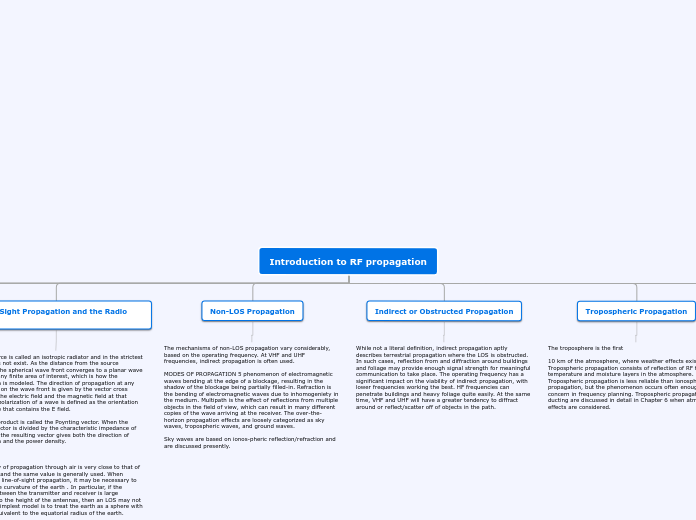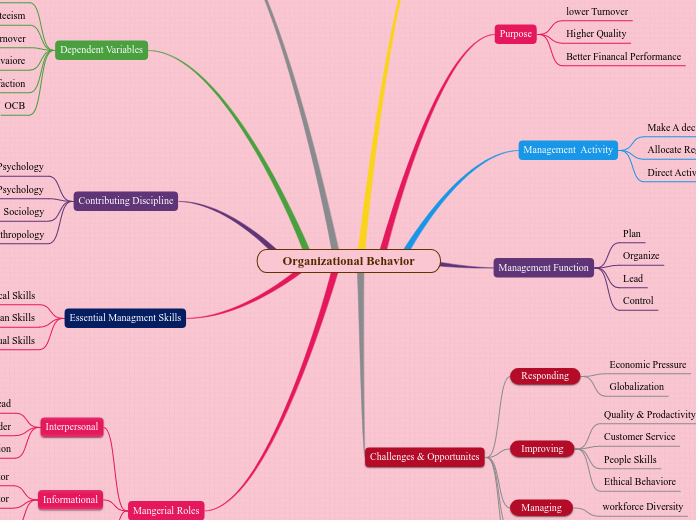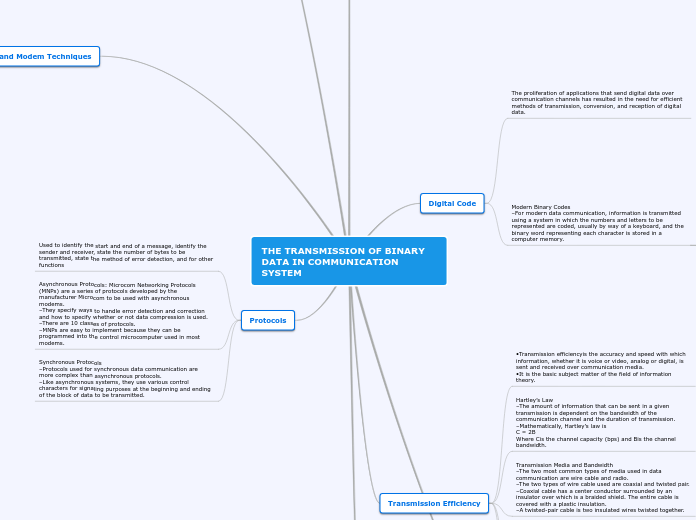by patricia Alvarez 5 years ago
296
Organigrama
Electromagnetic wave propagation is governed by fundamental principles described by Maxwell's equations, highlighting the interplay between changing electric and magnetic fields. This concept is crucial for understanding RF propagation, which can be effectively visualized using ray diagrams.









